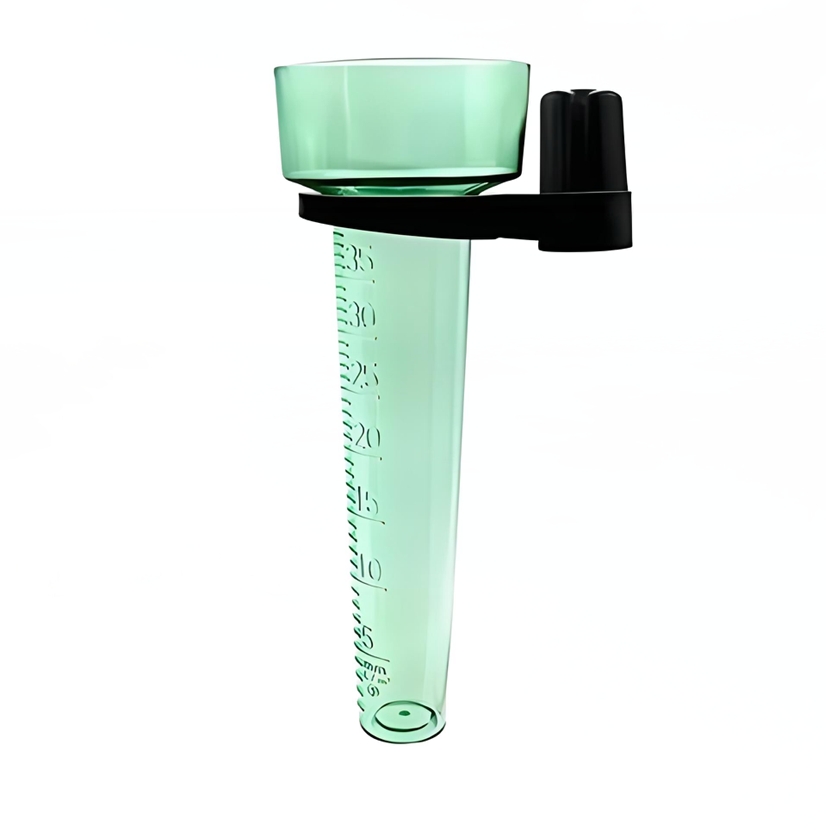How a Rain Gauge Can Boost Your Comprehending of Local Environment Patterns
How a Rain Gauge Can Boost Your Comprehending of Local Environment Patterns
Blog Article
Unveiling the Scientific Research Behind Rain Determines: Just How These Tools Play a Critical Function in Environment Research and Ecological Surveillance
Rainfall evaluates, seemingly straightforward gadgets, hold an extensive value in the world of climate study and ecological tracking. These unassuming tools quietly gather one of nature's most important elements-- rains. Behind their unpretentious facade exists a complex scientific research that is essential for recognizing the dynamics of our atmosphere. As we peel off back the layers of this scientific shroud surrounding rain determines, we uncover a globe where precision, information accuracy, and precise monitoring merge to introduce a much deeper understanding of our changing climate and its effect on the earth.
Value of Rain Scales
Rainfall assesses play an indispensable role in monitoring and measuring precipitation levels, supplying vital data for climate study and analysis. These gadgets are basic in quantifying the amount of rainfall that occurs in a details area over a specific duration. By determining and accumulating rain, rainfall determines deal valuable insights right into the circulation and strength of rainfall, helping meteorologists, hydrologists, and climatologists in recognizing weather condition patterns and patterns.
Additionally, long-term data collected from rainfall gauges aids in evaluating environment change impacts and patterns, contributing considerably to clinical study and decision-making procedures. In significance, rainfall gauges serve as necessary tools in the field of meteorology and environmental science, playing an essential function in advancing our understanding of weather and climate dynamics.
Kinds of Rainfall Scales

Performance and Operation
In the world of climate research and atmospheric researches, the efficiency of rain gauges lies in their complex functionality and specific functional devices. Rainfall evaluates are designed to precisely measure the quantity of precipitation that drops over a certain area throughout a set duration.
The functionality of rain assesses is based on the principle of accumulating and determining rain in a standardized manner. This accumulated information is essential for comprehending regional climate patterns, tracking lasting environment trends, and analyzing environmental effects. To make sure precise measurements, rain gauges requirement to be strategically placed in Web Site open locations away from obstructions such as structures or trees that can hinder the collection procedure.
The operational aspect of rain assesses entails normal maintenance to avoid debris accumulation, calibration checks to preserve dimension accuracy, and data recording for analysis (rain gauge). In general, the performance and operation of rainfall evaluates are important for collecting reputable precipitation information important to environment research study and ecological surveillance
Duty in Environment Research
Provided the important relevance of precise precipitation dimensions in comprehending climate patterns and environmental impacts, the duty of rain assesses in climate study is important. Rainfall evaluates give essential data for climate study by evaluating the amount of rainfall that falls over a certain area during a given period. This data is crucial for monitoring long-lasting trends in rainfall patterns, evaluating the effect of climate modification on rainfall circulation, and boosting climate versions.

Environment scientists utilize data accumulated from rain gauges to assess variations in precipitation levels, identify regional climate patterns, and assess the effectiveness of water source administration techniques. By comparing historical precipitation data with present measurements, researchers can identify shifts in rainfall patterns, such as modifications in the regularity or intensity of rainfall events. This info is vital for recognizing how climate modification is influencing precipitation dynamics and can aid policymakers make notified decisions regarding adjustment and reduction techniques.
Applications in Environmental Monitoring

In flood projecting, rain gauge information aids to track rains intensity and circulation, permitting authorities to release prompt cautions and take needed measures to reduce flooding risks (rain gauge). Dry spell monitoring this hyperlink counts on rain gauge information to evaluate dampness levels in the soil and track rainfall deficiencies, aiding in the identification of drought-prone areas and the application of dry spell action methods
In addition, rainfall gauge data plays a crucial role in water source administration by giving info on water accessibility and usage fads. Additionally, in agriculture, rain scale data helps farmers in maximizing irrigation schedules, plant selection, and general farm management practices based on local precipitation patterns.
Final Thought
To conclude, rainfall assesses are important tools for determining precipitation, providing important data for environment research and environmental surveillance. With various types and functionalities, rain assesses play a vital duty in understanding rainfall patterns and their effect on the setting. By accurately determining rains, these gadgets add to the development of scientific expertise and assistance in making educated choices read this article pertaining to water source administration and calamity preparedness.
Rain assesses play an important function in monitoring and determining rainfall degrees, giving essential information for climate research study and evaluation. The conventional rain gauge, understood as the "tipping pail" scale, is one of the most typically used devices. Ultrasonic rainfall assesses usage noise waves to identify the presence of rain, supplying real-time data on rainfall degrees.Climate scientists utilize information collected from rain assesses to assess variants in precipitation levels, identify local climate patterns, and assess the effectiveness of water source management strategies.In final thought, rain evaluates are essential tools for gauging precipitation, giving useful data for environment research and environmental tracking.
Report this page